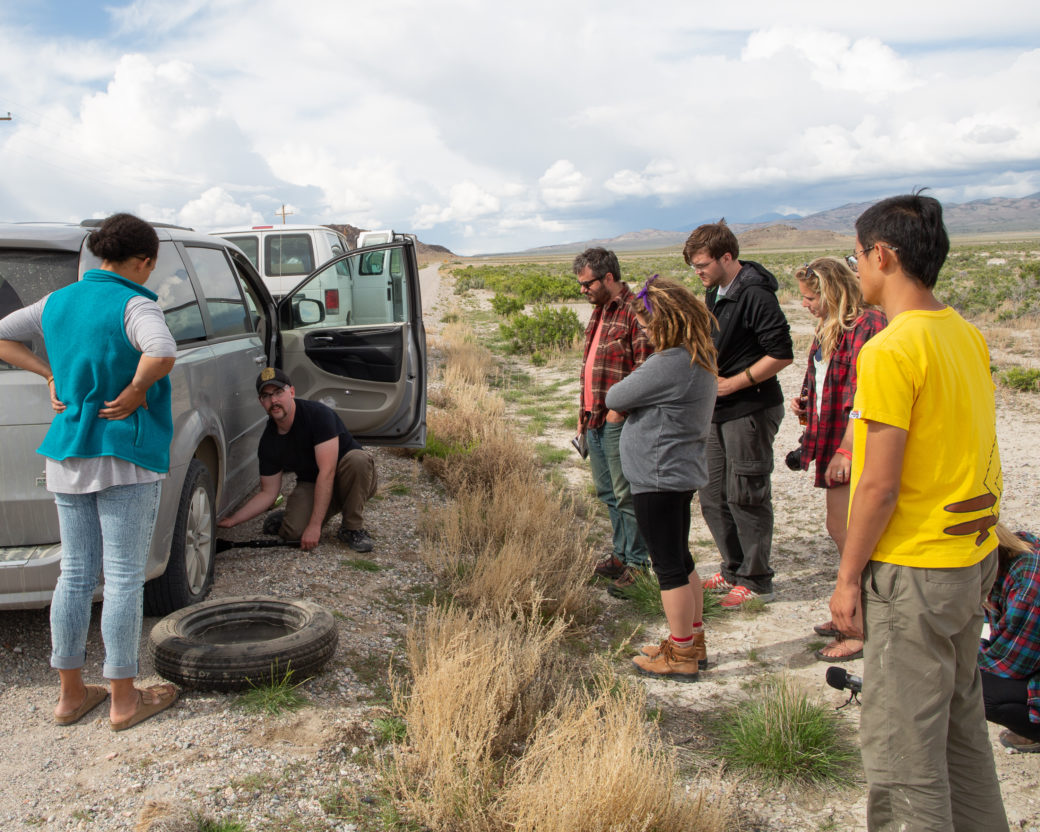
Ceramics Program and Studio Manager details taking a Fieldworks trip as an OU student
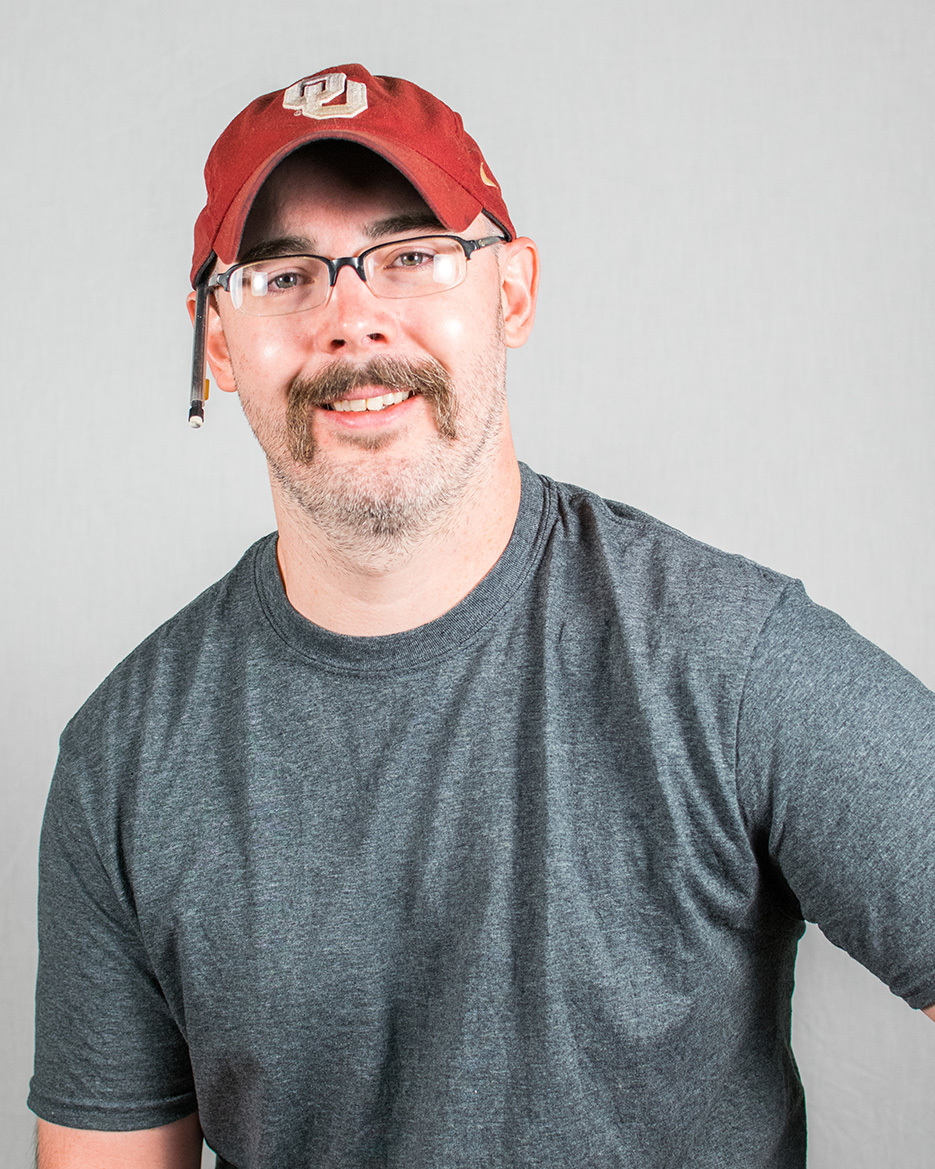
It’s a small world, after all.
As our team worked on a video interview with Robert Bailey and Todd Stewart, the artists behind OU’s Fieldworks project and our Fieldworks: Beyond Measure exhibition, we happened to notice a funny thing: Oklahoma Contemporary Ceramics Program and Studio Manager David Stevens in a photo from a Fieldworks trip, changing a tire.
Fieldworks’ interdisciplinary residency at the University of Oklahoma invites artists, scholars and students to artistically respond to the presence of humans in the American Southwest. Each summer, they visit sites where people have left traces on the land. Participants study each place as deposits of knowledge and creativity.
Stevens got his Master of Fine Arts degree from and later served as professor of ceramics and 3-D foundations at OU. As a second-year grad student, he went on the second Fieldworks trip in 2015, immediately following the Road to Ruscha.*
“I'm a big fan of Robert [Bailey],” Stevens said. “He taught all the history classes I took, so we got along pretty well. And then a friend of mine went on the first trip, which was the Road to Ruscha, where they traced his trip to L.A. and back. And she talked about that trip a lot and how much fun and cool it was. So I was like, all right, I’ll get to see Double Negative and Spiral Jetty. I would probably never go to either one of those sites on my own.”
For today’s #ThursdayThree, we go behind the scenes of Fieldworks as we talk to Stevens about his trip and the Beyond Measure exhibition, which closes April 19.
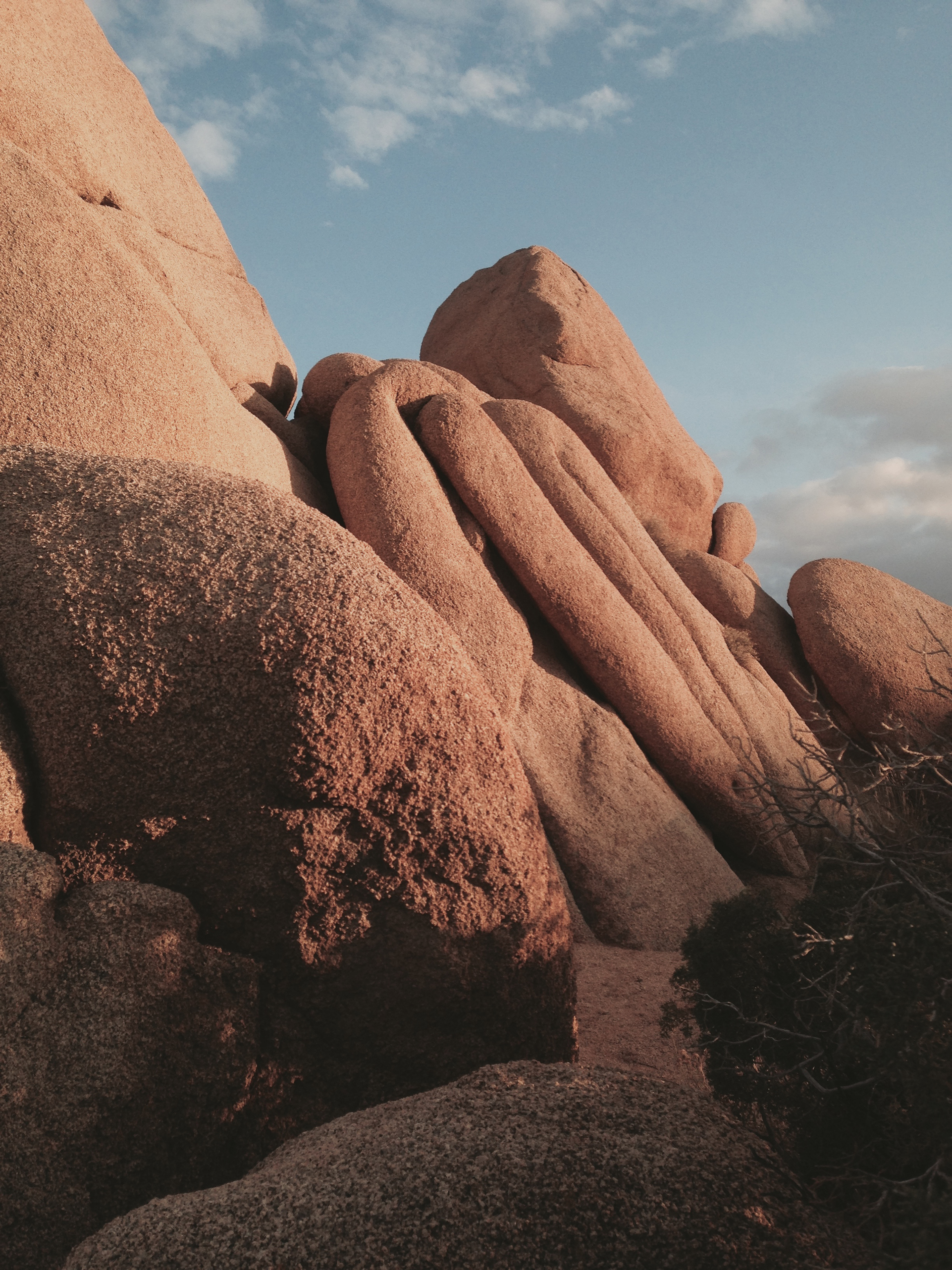
Where did you go on your trip?
We went out to Albuquerque and Las Vegas. In Vegas, we saw Double Negative, which is just north of that. And then over the Salton Sea. Then up to Utah to Spiral Jetty and the Salt Flats. We went to Joshua Tree -- that's what was in Southern California.
Vegas is such a trip, because every little casino is its own micro-city. So I just it's incredible to me. I think it's the Venetian that has a really incredible rare bookstore, but that place is so massive. You just have to like wander around between finding anything.
Right off the strip, there is the Smithsonian’s museum on the nuclear testing that they did out there, just north of all of it (the National Atomic Testing Museum). And they were doing all of that testing, while they were filming all those great John Wayne movies of the ’50s and ’60s. So there's all these weird stories of actors who were there on those sets, while there's like mushroom clouds in the background.
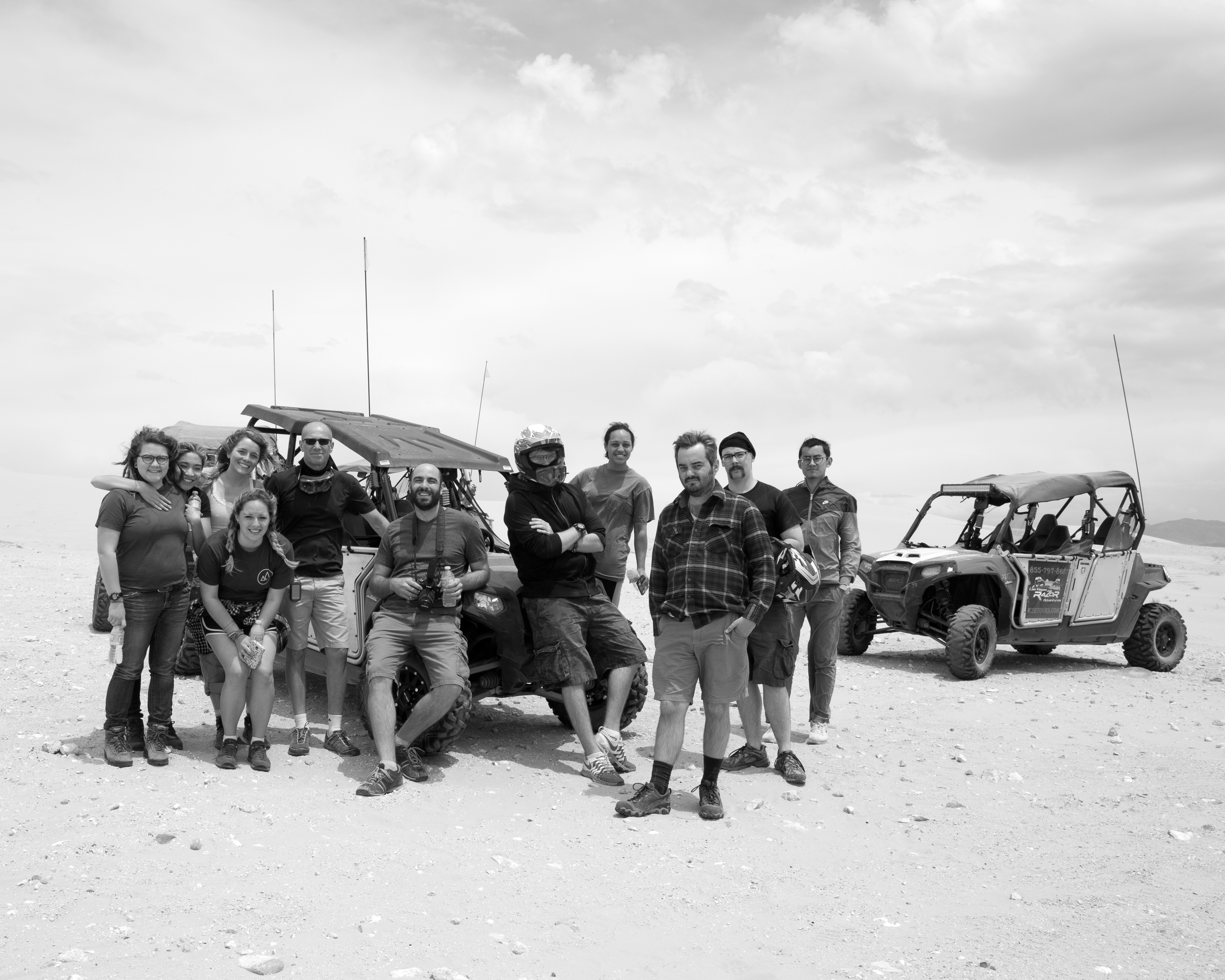
So generally, what was the Fieldworks experience like? When you look back on it, what memories stick out?
Spiral Jetty was a trip, because you know, if you're in art school, basically every contemporary sculpture and art history professor talks about that piece. And Double Negative was really cool, because I had always been under the impression that it was this like grandiose spectacular thing -- which it is, but it's in the middle of f***ing nowhere. And we're in rental vans off-roading. And like we drive to this weird like North Vegas suburb where it's all white stucco houses and brand-new streets and people are just looking at us. But Todd's got GPS coordinates on his phone, and it's talking to him, and then all of a sudden it says “stop.” We stop, we get out and we walk up 10 feet, and there's the edge of [Double Negative]. It literally is cut in the middle of the ground. You would totally drive into it if you didn't know.
When (Michael Heizer) first made it, it was super clean and precise. He really spent some time excavating it, but that was 50 years ago now. It almost looks just like a weird abandoned construction site. You can still tell that the trough is cut all the way across the street, but it's not clean anymore. There's debris that's starting to pile up in between them. It's interesting to think there's probably people that have no idea that this is legit.
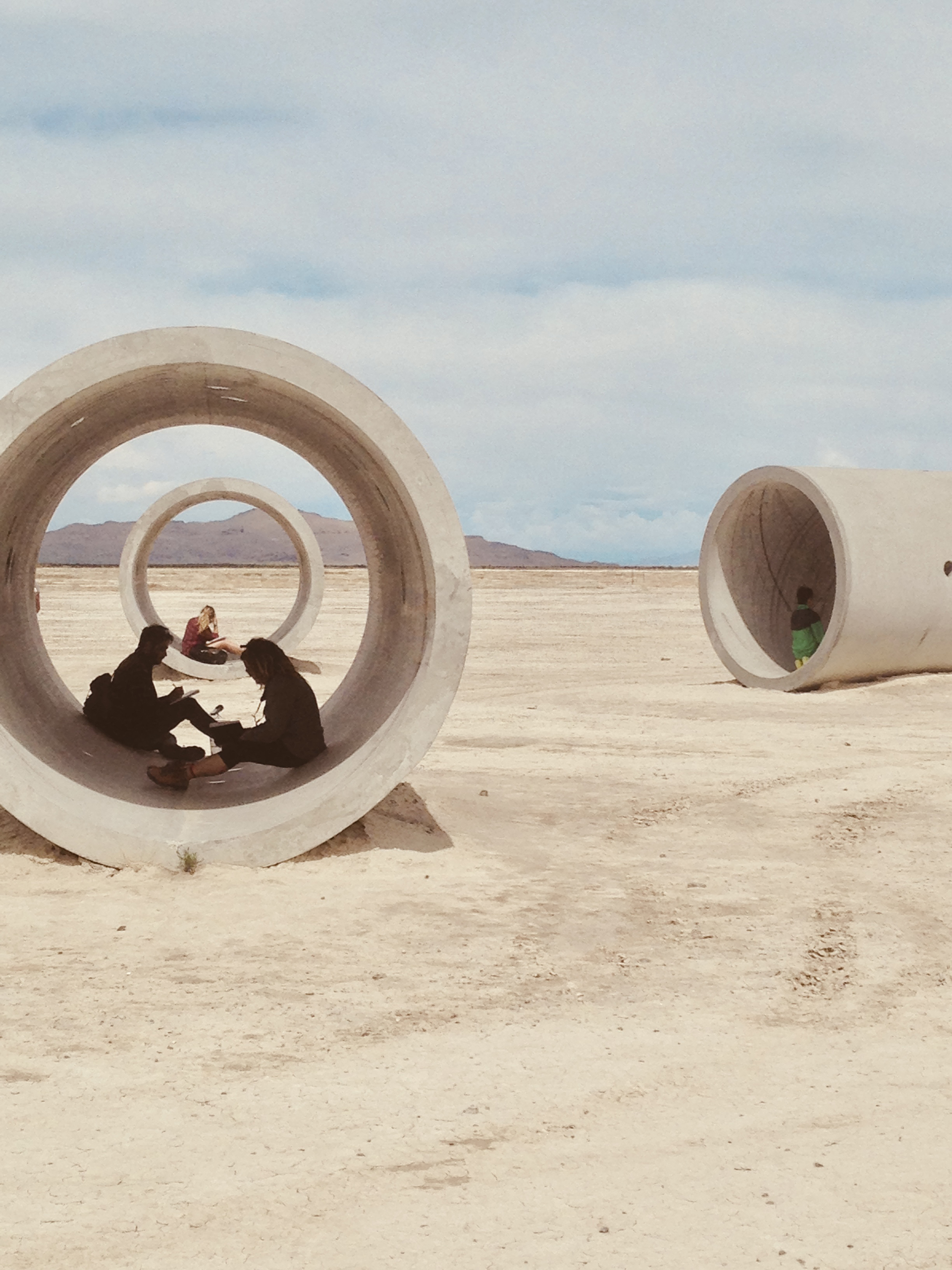
Was it cool to see Fieldworks: Beyond Measure after having had this experience?
Yeah, it was neat. I think that exhibition is kind of a combination of all of the trips that they've done and a bunch of Todd's personal trips. Oh, also, I forgot: We also want to see the Prometheus Tree, which is like the oldest tree in the history of the world that they cut down on accident. Like, some scientists saw it and were like “We think this is old,” then they cut it down. This is like the oldest thing on the planet. And we started the hike up there, but it's a high mountain, and we started off in low desert, so we're all in shorts jackets and it starts to snow halfway up the mountain. We were like, “We should turn around.” So we didn’t make it up there.
One thing I totally forgot about but it's kind of funny. (Director of Communications) Lori (Brooks) brought it up, because I guess I'm in a photo somewhere changing a tire on the side of the road. In one of our rentals, we had blown out a tire, and I don't know what was going on. But I realized that nobody in the group, besides myself and the three other professors, knew how to change a tire. So I took the opportunity to teach all these freshmen and sophomores how to change a tire, like on the side of the road right outside of Sun Tunnels, another super-important land art piece. I was like, “We're gonna learn something, you guys.” I made them all take turns taking off the lugnuts.
I don't know if that's a good memory, but it’s what sticks out the most to me. I just thought that was really funny.
* Editor's note: Road to Ruscha was the catalyst for the exhibition Fieldworks: Beyond Measure, a collaboration on view in the Mary LeFlore Clements Oklahoma Gallery through April 19.
Road to Ruscha was a 2013 research-based art project that entailed a 3,000-mile road trip inspired by Ed Ruscha’s 1990 painting No Man’s Land and 1963 artist's book, Twentysix Gasoline Stations. Organized by Todd Stewart, the project was designed for participating students and faculty from the University of Oklahoma to follow Ruscha's route from Oklahoma City to Los Angeles. Among the cohort’s various interdisciplinary initiatives was to find the 26 gas stations Ruscha had photographed more than 50 years before. See prints from the Road to Ruscha on display in our Learning Gallery. Twentysix Gasoline Stations is on view in Ed Ruscha: OKLA.
Get your free limited access timed tickets to see Fieldworks: Beyond Measure, our Learning Gallery and Ed Ruscha: OKLA here.
Return to New Light.









